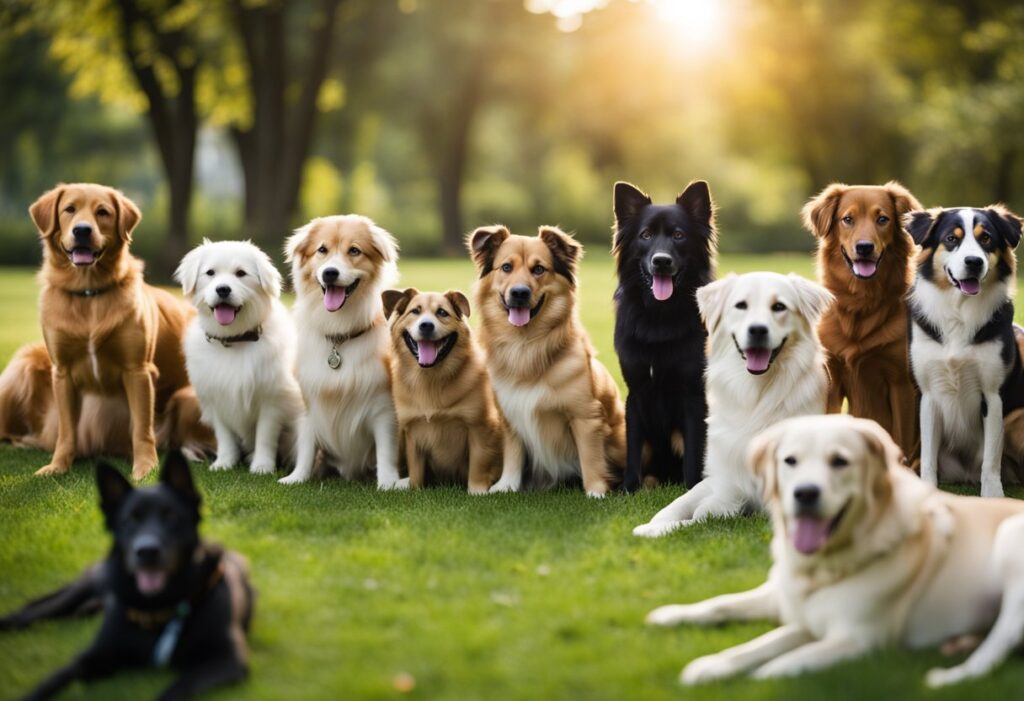Dogs have long been regarded as loyal companions and beloved pets across the globe. The fascinating world of dogs encompasses unique traits, behaviors, and histories that reveal why they hold such a special place in human society. As one of the most diverse species, their characteristics vary widely among breeds, making them truly remarkable animals.
This article will explore ten amazing facts about dogs that highlight their intelligence, versatility, and emotional connections with humans. From their origins as domesticated animals to their roles in modern life, these insights will offer a deeper appreciation for man’s best friend. Each fact sheds light on what makes dogs not only companions but also integral members of families worldwide.
1) Dogs have three eyelids.
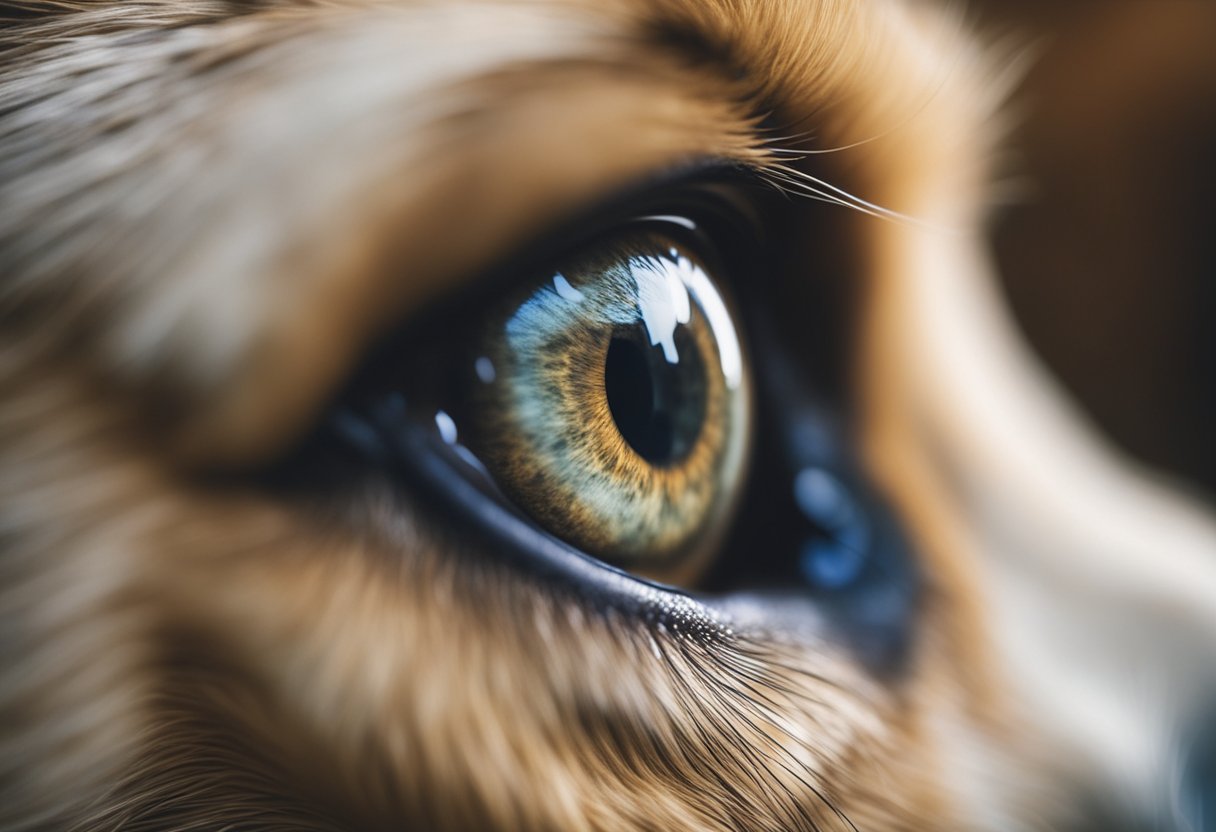
Dogs possess three eyelids. The first two are the upper and lower eyelids, which help to protect the eye and keep it moist.
The third eyelid, known as the nictitating membrane, is located in the inner corner of the eye. This membrane moves across the eye when needed, providing additional protection and moisture.
This unique structure helps prevent foreign objects from entering the eye. It also plays a role in maintaining eye health.
When a dog is unwell or stressed, the third eyelid may become more visible. This can be an indicator that the dog needs veterinary attention.
2) A dog’s sense of smell is 40 times better than humans.

Dogs possess an extraordinary sense of smell that far exceeds that of humans. While humans have about 5 million scent receptors in their noses, dogs have around 220 million.
This enhanced olfactory ability allows dogs to detect scents at incredibly low concentrations. They can identify smells that are diluted to parts per trillion.
Certain dog breeds, such as Bloodhounds, have even more specialized scent detection capabilities. These breeds are often used in search and rescue operations due to their remarkable tracking skills.
Dogs can pick up on various scents, including those related to emotions, illness, and food. This makes them valuable companions in therapy and medical detection roles.
The complexity of a dog’s nose is truly remarkable. Each time a dog sniffs, it gathers important information about their environment, helping them understand and navigate the world around them.
3) Basenjis are known as ‘barkless dogs’.
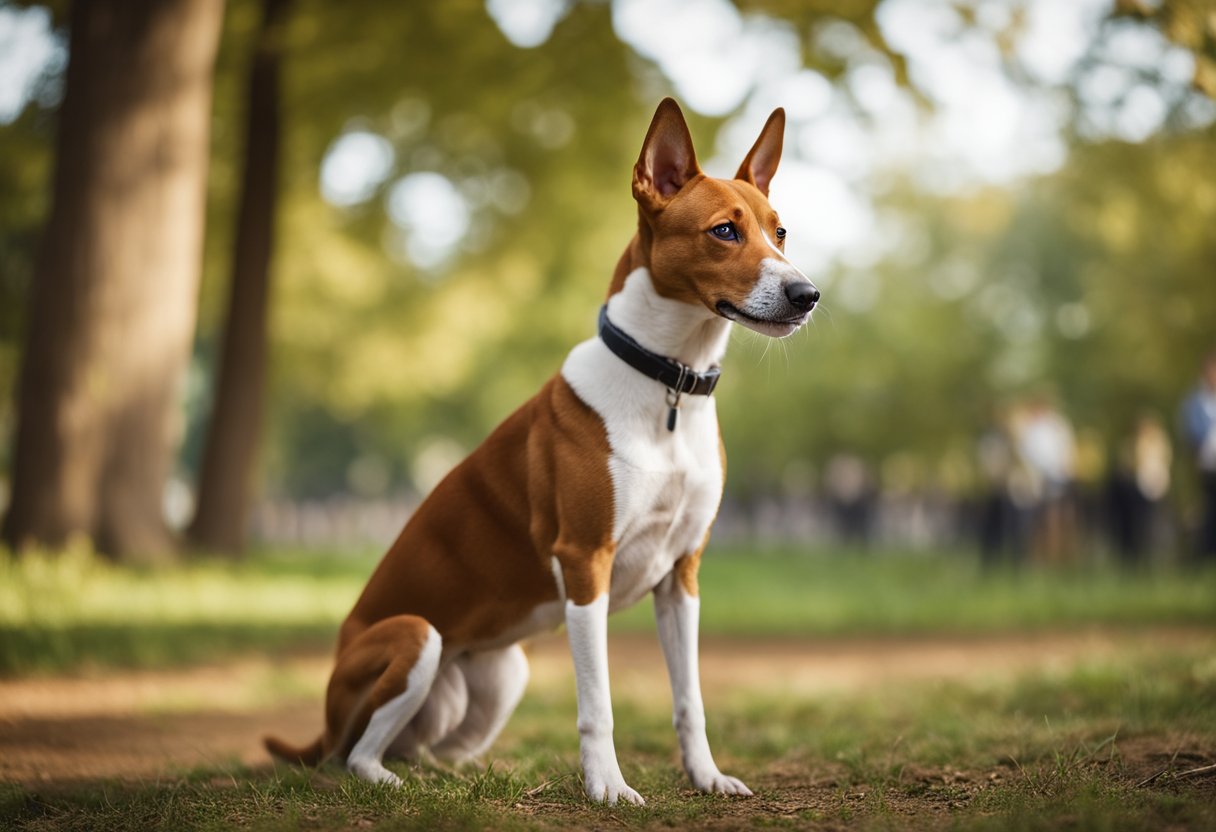
Basenjis are a distinctive breed often referred to as “barkless dogs.” This designation is due to their unique vocalization style. Instead of barking like most dogs, they produce a sound known as a “barroo,” which resembles a yodel.
The breed originates from Central Africa and has a long history as hunting dogs. Their quiet nature helped them in the hunt, as noise could scare away prey. Despite being barkless, Basenjis are still quite expressive and can communicate through various other sounds.
These dogs are known for their intelligence and curiosity. They are also noted for their independence, which can make training a challenge. Owners often describe their Basenjis as having strong personalities and a playful demeanor.
In addition to their vocal habits, Basenjis exhibit a unique grooming behavior. They frequently clean themselves like cats, keeping their coats tidy with minimal odor. This characteristic, alongside their barkless nature, contributes to their appeal among dog enthusiasts.
4) The Greyhound is the fastest dog breed.
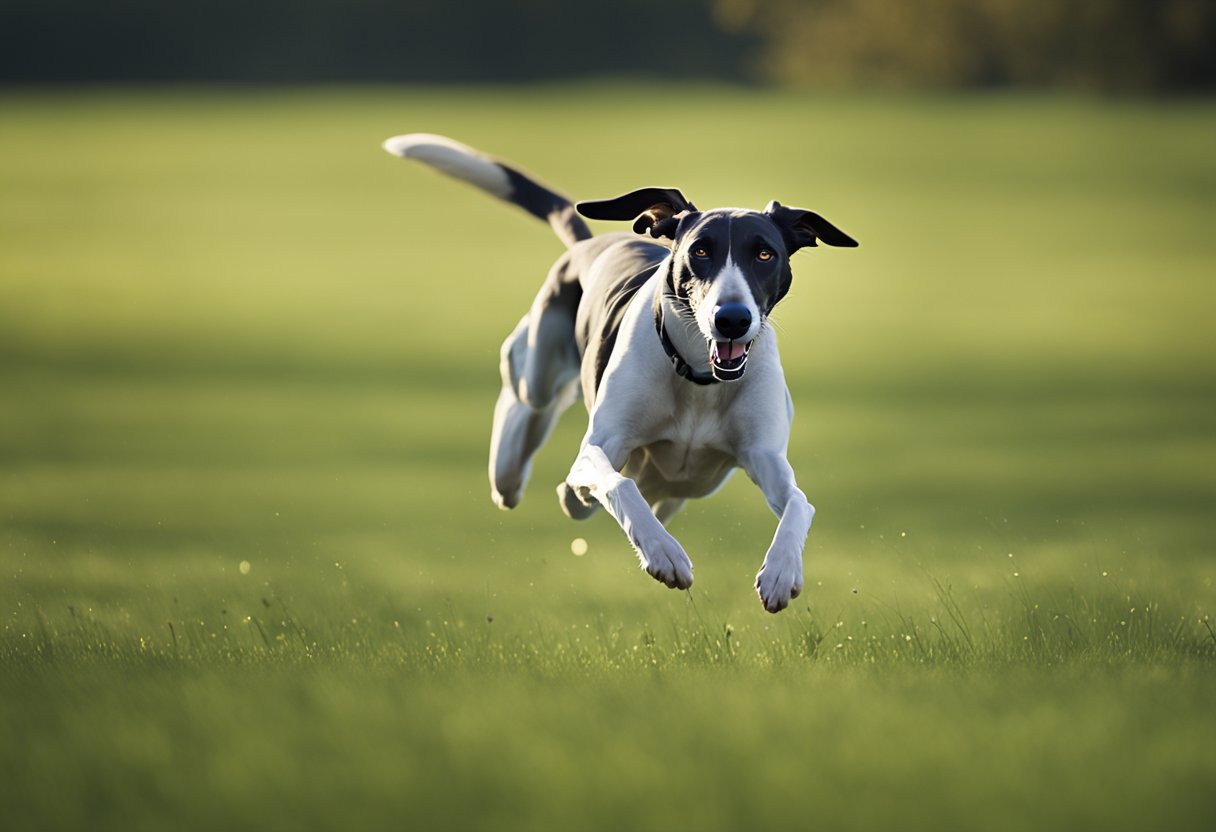
The Greyhound is renowned for its speed, capable of reaching up to 45 miles per hour. This breed excels in short-distance sprinting, making it the fastest of all dog breeds.
Their aerodynamic build, long legs, and deep chest contribute to their ability to run swiftly. Greyhounds have powerful muscles that enable quick acceleration and endurance over short distances.
Historically, Greyhounds were bred for hunting and chasing game. Their keen eyesight and agility help them track moving targets effectively.
Greyhounds are now commonly seen in dog racing, where their speed is showcased in competitive events. Despite their racing background, they are often gentle and affectionate companions.
5) Dogs have been our companions for over 15,000 years.
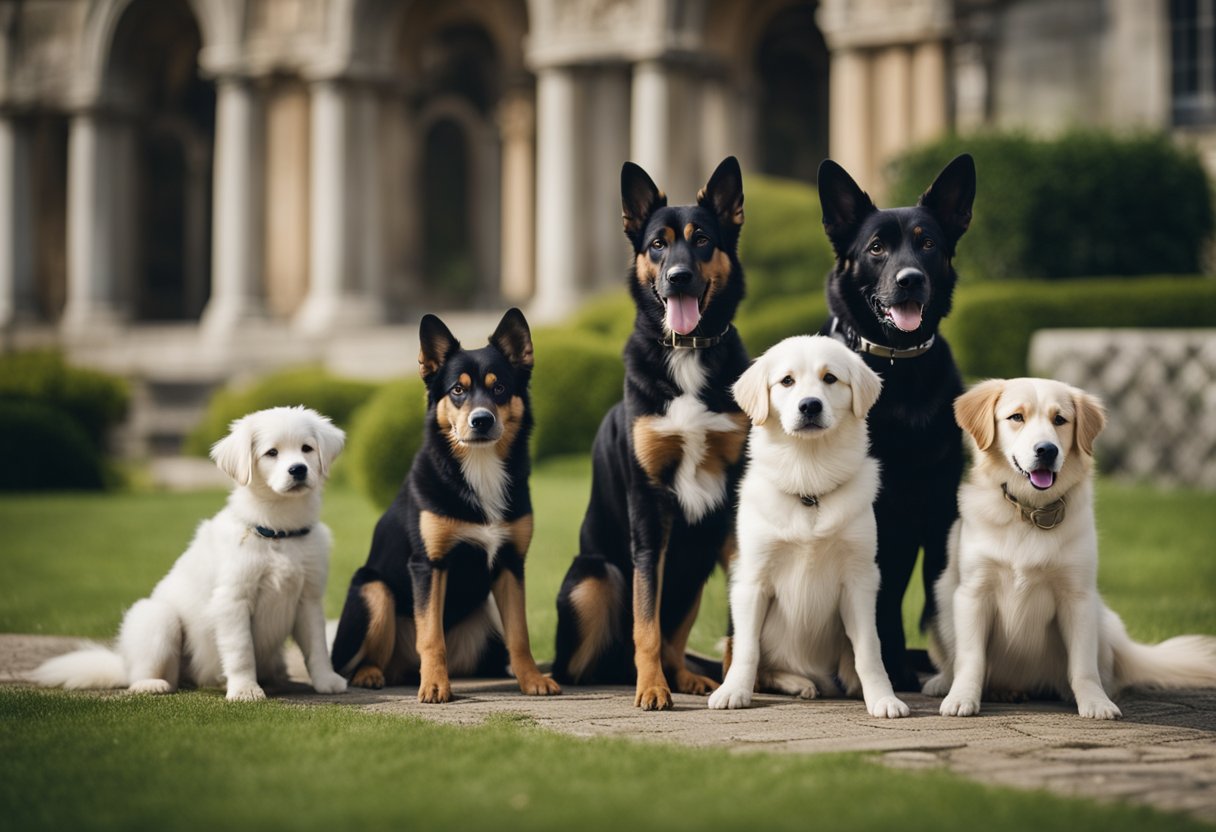
Dogs have been associated with humans for a remarkable length of time, dating back more than 15,000 years. Archaeological evidence suggests that the domestication of dogs occurred during the late Stone Age.
They began as hunting partners, assisting humans in tracking and capturing prey. Over time, dogs adapted to human societies, becoming integral to various tasks such as herding, guarding, and companionship.
This long history has shaped the bonds between humans and dogs, leading to various breeds that serve specific purposes. The deep-rooted relationship reflects loyalty, protection, and emotional support, contributing to the dog’s status as “man’s best friend.”
The coexistence of humans and dogs has influenced cultural practices and traditions worldwide. Various artifacts, including ancient artwork and burial sites, illustrate the significant role dogs played in early human life.
Their enduring presence showcases the importance of this relationship, which continues to thrive and evolve in modern society.
6) Dalmatians are born completely white.
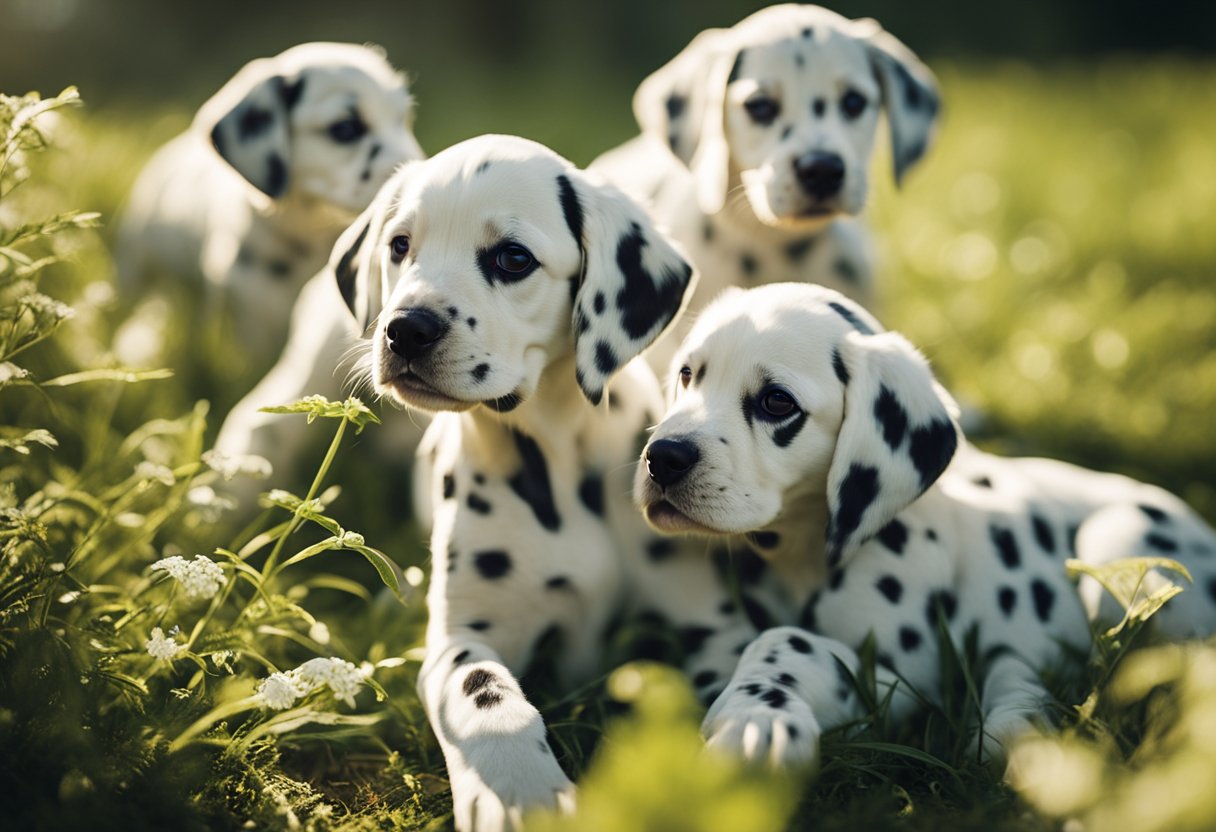
Dalmatians are unique in that they are born without their characteristic spots. At birth, these puppies have a pure white coat, which can be surprising to many.
The distinctive black or liver-colored spots begin to appear as they grow older. Typically, spots start developing around two to three weeks after birth.
This change in coat color is part of their genetic makeup. The gene responsible for the spots activates during the early stages of a puppy’s development.
The pattern and distribution of spots can vary significantly among individual Dalmatians. Some may have more spots, while others may have fewer, resulting in a unique appearance for each dog.
7) Chow Chows have blue-black tongues.
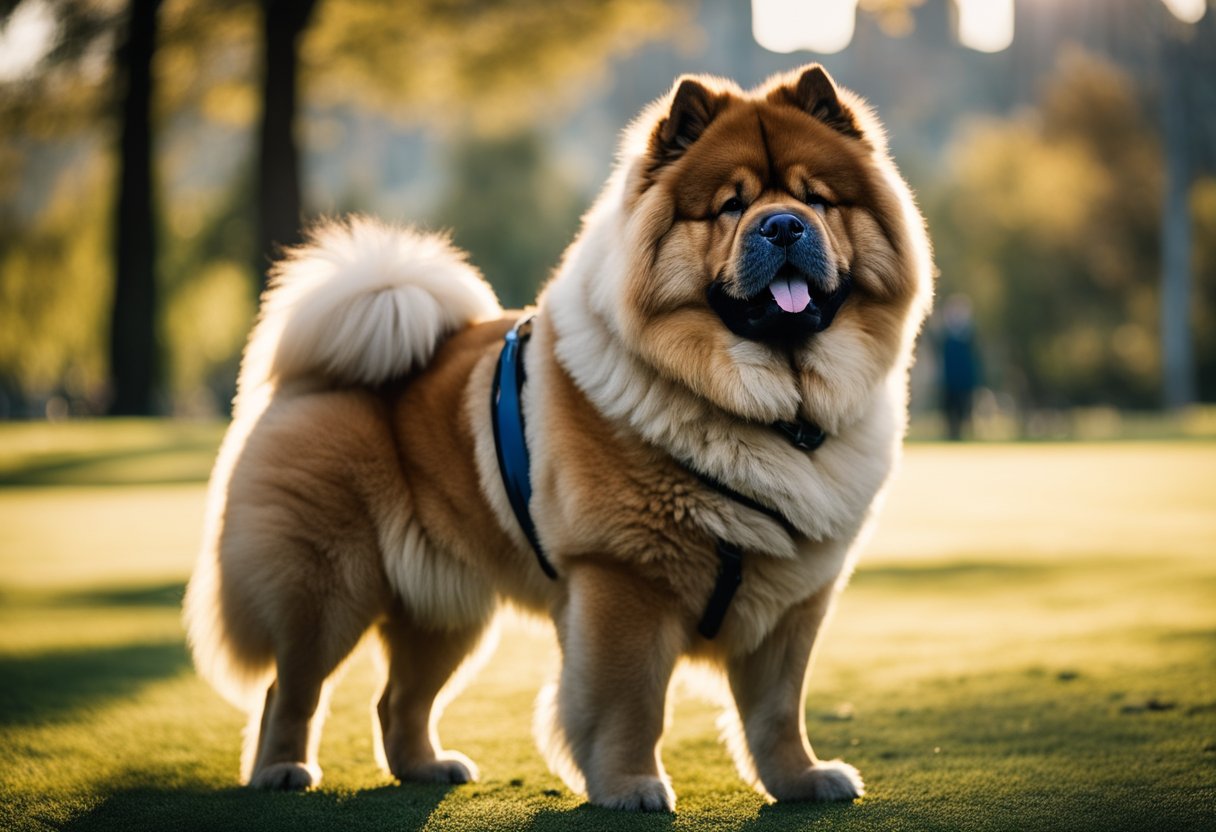
Chow Chows are well-known for their unique blue-black tongues. This distinctive feature sets them apart from most other dog breeds, which generally have pink tongues.
The blue-black coloration of their tongues is thought to be linked to genetics. It can be seen in both purebred Chow Chows and their offspring.
While the exact reason for this pigmentation remains unclear, it adds to the breed’s mystique. Their unique appearance is just one reason why Chow Chows are so fascinating to dog lovers.
In addition to their striking tongues, Chow Chows have a thick mane and a lion-like appearance. This breed is often recognized for its dignified stance and reserved demeanor.
8) The Saluki is one of the oldest dog breeds.
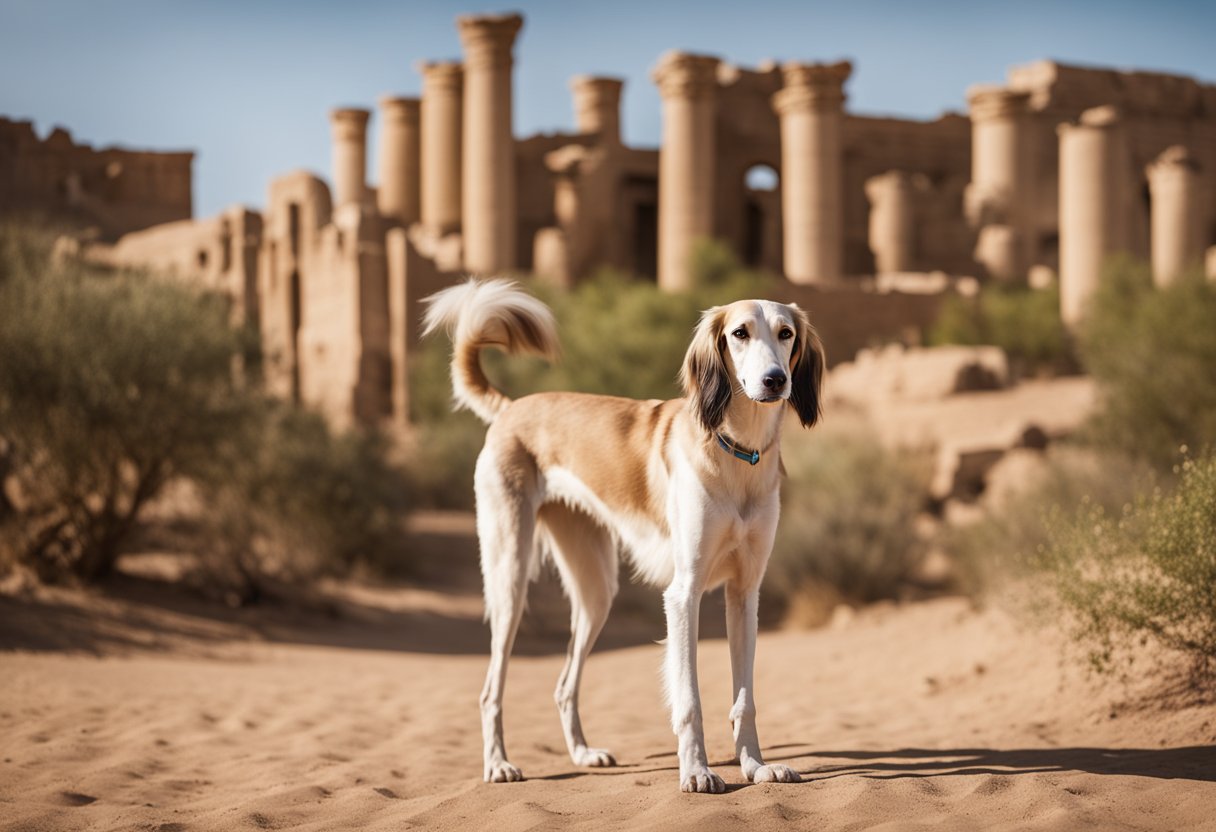
The Saluki is recognized as one of the oldest dog breeds in the world, with origins tracing back over 4,000 years. Ancient Egyptians valued them for their speed and hunting abilities.
Known for their slender build and graceful appearance, Salukis were often depicted in ancient art. They served as hunting companions to royalty and noble families.
The breed is characterized by its high intelligence and strong instincts. Salukis excel at sighthound tasks, relying on their keen eyesight to track prey.
Maintaining a healthy Saluki requires regular exercise, as they possess high energy levels. They thrive in environments where they can run and explore freely.
Despite their ancient roots, Salukis remain popular today. Their unique combination of athleticism and loyalty makes them cherished pets around the world.
9) Dogs can learn up to 250 words and gestures.

Dogs have impressive cognitive abilities. They can recognize a substantial number of words and gestures, typically ranging from 165 to 250. This capacity varies among breeds and individual dogs.
Research indicates that some dogs exhibit an understanding of words associated with commands, objects, and even actions. This learning is often reinforced through training and social interaction.
Handlers can enhance a dog’s vocabulary by introducing new words gradually. Consistent repetition and positive reinforcement are effective methods for helping dogs grasp communication cues.
Dogs can also respond to various gestures, linking visual signals with specific commands. This ability underscores the bond between dogs and their owners, highlighting the importance of clear communication.
10) There are over 340 different dog breeds worldwide.
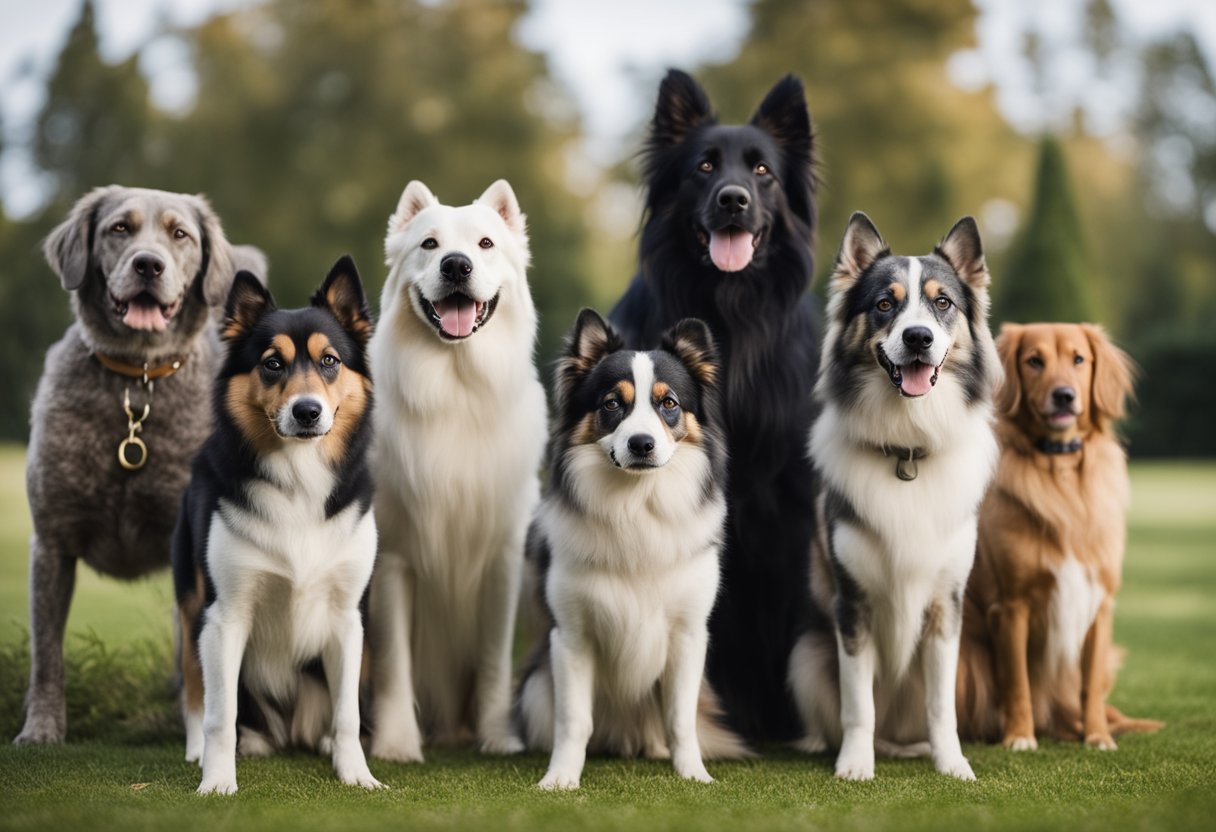
The American Kennel Club recognizes around 197 breeds, while other organizations, like the Fédération Cynologique Internationale, identify over 340 breeds globally.
This diversity allows for a wide range of sizes, appearances, and temperaments. From the tiny Chihuahua to the large Great Dane, each breed has distinct characteristics.
Breeds often originate from specific functions or regions. For instance, herding breeds were developed for managing livestock, while toy breeds were bred for companionship.
Understanding these breeds helps in making informed choices when selecting a dog. Each breed comes with unique needs and attributes that potential owners should consider.
History of Domestication
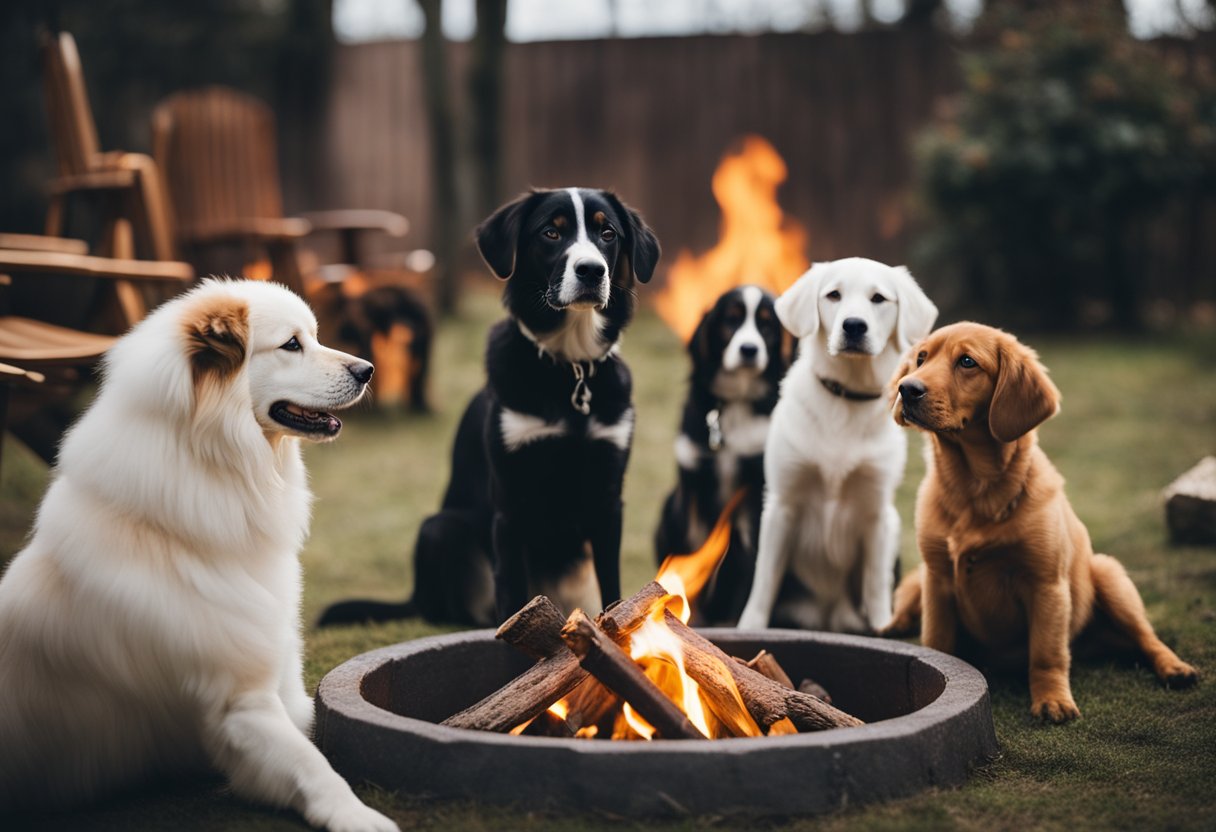
Dogs have a rich history that traces back thousands of years. Their journey from wild creatures to loyal companions is marked by significant milestones that highlight their evolving relationship with humans.
Ancient Origins of Dogs
The domestication of dogs is believed to have begun between 20,000 to 40,000 years ago. Genetic studies indicate that dogs likely descended from wolves, with early human hunter-gatherers forming bonds with the more docile individuals.
Through selective breeding, humans favored traits that promoted cooperation and sociability. This process allowed dogs to assist in hunting, guarding, and later, pastoral activities. Fossil evidence from sites such as Siberia and Western Europe shows early domesticated dogs with physical traits distinct from their wild ancestors.
Transition to Companionship
As societies progressed, the role of dogs began to shift from utilitarian to companionship. By the time of ancient civilizations, including those in Egypt and Mesopotamia, dogs had established a place not only in practical roles but also as cherished pets.
Artifacts such as dog burial sites and depictions in artwork demonstrate the deepening bond between dogs and humans. In various cultures, dogs symbolized loyalty and protection, leading to their revered status. This transition laid the foundation for modern breeds, each tailored for specific traits that enhance companionship today.
Physiological Characteristics
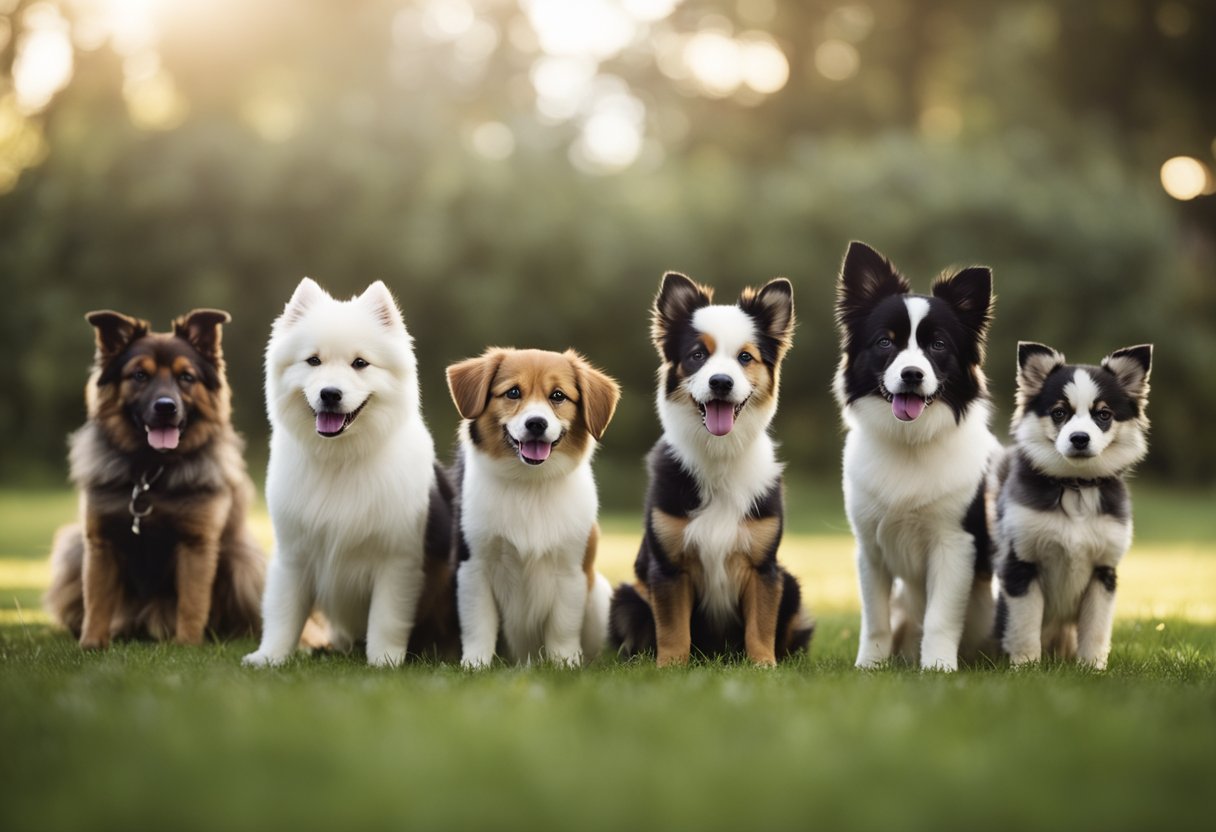
Dogs possess remarkable physiological traits that contribute to their unique abilities. Their senses are highly developed, and an array of breeds showcases significant diversity in size and structure.
Unique Senses in Dogs
Dogs have extraordinary sensory capabilities that surpass those of humans. Their sense of smell is particularly notable, comprising up to 300 million olfactory receptors compared to a human’s 5 million. This enables dogs to detect scents at incredibly low concentrations.
Their hearing is also impressive, allowing them to perceive sounds at frequencies as high as 65,000 Hz, while humans can only hear up to 20,000 Hz. Dogs can pick up subtle sounds and differentiate between various pitches and tones.
Moreover, dogs perceive the world through a combination of these senses, enabling them to perform tasks like search-and-rescue missions or detecting certain medical conditions in humans. This heightened sensory awareness underscores why dogs are valued companions and working animals.
Diverse Breeds and Sizes
The canine species includes an extensive variety of breeds, each exhibiting distinctive physiological traits. The American Kennel Club recognizes over 190 breeds, ranging from the tiny Chihuahua to the large Great Dane.
These breeds vary widely in size, coat type, and physical abilities. For example, Dachshunds have elongated bodies tailored for burrowing, while Greyhounds are built for speed with their streamlined figures.
Breed-specific characteristics often influence behavior, health, and suitability for certain tasks. Understanding these differences aids potential dog owners in selecting a breed that matches their lifestyle and environment, whether it’s for companionship, work, or sporting activities.

